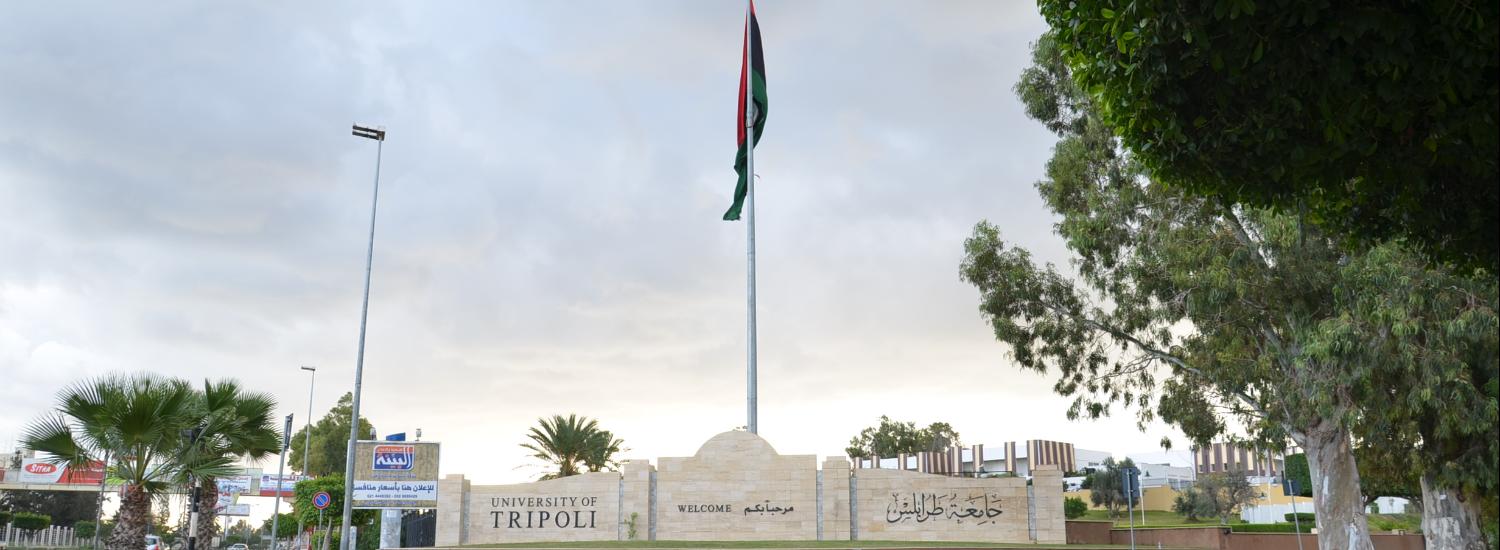First phalanx exostosis in traditional equestrian horses in Western Libya
Background: Orthopedic diseases involving the forelimb fetlock joint of horses other than those used in professional
racing have not been widely reported in the literature. One of these problems is the exostosis on the proximal forelimb
phalanx (P1), which has not been reported previously in Western Libya.
Aim: The study aimed to investigate the prevalence of P1 exostosis in traditional equestrian horses (known locally as
Sarj horses) of different breeds in Libya that participated in a special social event and described its clinical findings
radiographic appearance.
Methods: The current study involved 60 horses admitted to private veterinary clinics with varied fetlock orthopedic
problems. The studied horses were aged between 6 and 11 years old and galloped on hard grounds. Clinical and
radiographic examinations were carried out on all horses. Lateromedial radiographs for one or both forelimb fetlock
joints were acquired for each horse.
Results: Clinical examination revealed that 21 horses (35%) had hard non-painful swelling on the dorsal aspect of
fetlock with joint stiffness during flexion. In 19 of them, the swelling was bilateral. No forelimb lameness was noticed.
Radiographically, hard swelling was diagnosed as bone exostosis, with various sizes, on the proximo-dorsal aspect of
P1. There was also a new bone formation on the disto-dorsal part of third metacarpal bone in two cases.
Conclusion: This study has documented the first report on bone exostosis on the proximo-dorsal aspect of the forelimb
proximal phalanx as a common problem in Sarj horses that galloped on hard grounds in Western Libya. Although
this bone lesion did not cause lameness in all reported cases, further investigations are warranted to identify its
histopathological nature, potential etiology, and proper treatment.
Keywords: Exostosis, Fetlock, Forelimb proximal phalanx, Horse, Radiography.
Mohamed Hamrouni S. Abushhiwa, Taher N. Elmeshreghi, Abdulrhman Mohamed Salah Alrtib, Emad M R Bennour, Aiman Hussein Saleh Oheida(1-2022)
Publisher's website





